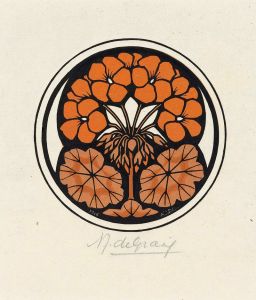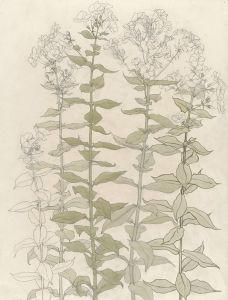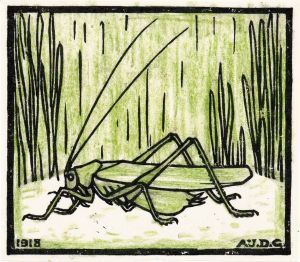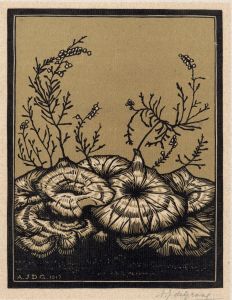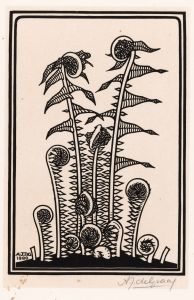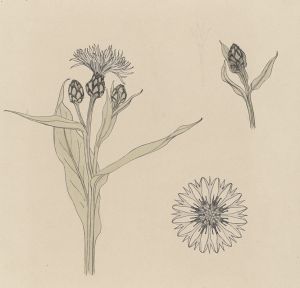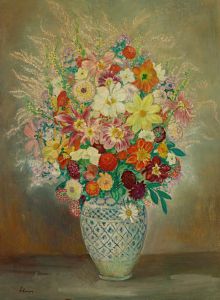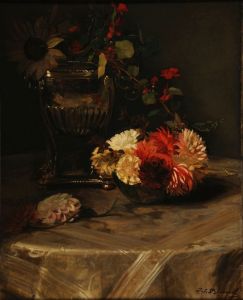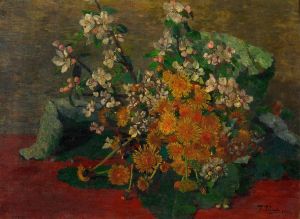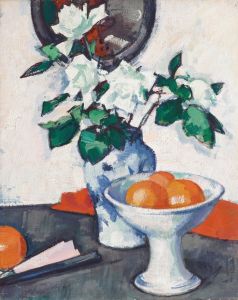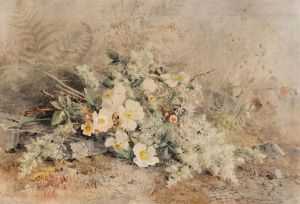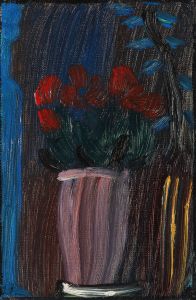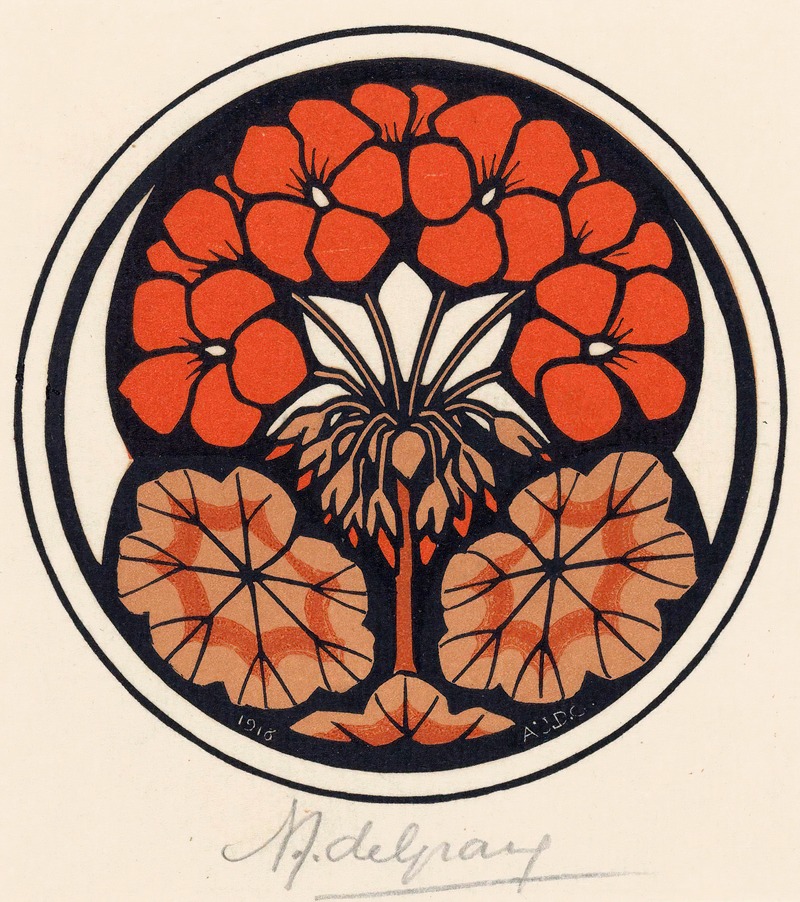
Oost-Indische kers
A hand-painted replica of Julie de Graag’s masterpiece Oost-Indische kers, meticulously crafted by professional artists to capture the true essence of the original. Each piece is created with museum-quality canvas and rare mineral pigments, carefully painted by experienced artists with delicate brushstrokes and rich, layered colors to perfectly recreate the texture of the original artwork. Unlike machine-printed reproductions, this hand-painted version brings the painting to life, infused with the artist’s emotions and skill in every stroke. Whether for personal collection or home decoration, it instantly elevates the artistic atmosphere of any space.
Julie de Graag (1877-1924) was a Dutch artist known for her detailed and stylized works, often featuring natural subjects. One of her notable works is "Oost-Indische kers," which translates to "Nasturtium" in English. This piece exemplifies her meticulous approach to botanical illustration, a genre she frequently explored throughout her career.
Julie de Graag was born in Gorinchem, Netherlands, and she studied at the Royal Academy of Art in The Hague. Her artistic style was influenced by the Art Nouveau movement, which was characterized by its use of organic forms and intricate patterns. De Graag's work often reflected a deep appreciation for nature, and she had a particular talent for capturing the delicate details of plants and flowers.
"Oost-Indische kers" is a fine example of de Graag's skill in botanical art. The painting features the nasturtium plant, known for its vibrant flowers and distinctive round leaves. De Graag's depiction is both scientifically accurate and artistically expressive, showcasing her ability to blend precision with aesthetic beauty. The composition is carefully balanced, with attention to the interplay of light and shadow, which adds depth and dimension to the piece.
Throughout her career, de Graag's work was well-received, and she exhibited her art in various galleries and exhibitions. Her detailed studies of plants and flowers were not only appreciated for their beauty but also for their educational value. De Graag's botanical illustrations were used in scientific publications, contributing to the field of botany by providing accurate visual representations of plant species.
Despite her success, Julie de Graag's life was marked by personal struggles. She suffered from mental health issues, which ultimately led to her untimely death at the age of 47. However, her legacy lives on through her artwork, which continues to be admired for its technical skill and artistic sensitivity.
"Oost-Indische kers" remains a testament to de Graag's dedication to her craft and her ability to find beauty in the natural world. Her work is preserved in various collections, including those of major museums and private collectors. Today, Julie de Graag is remembered as an important figure in Dutch art, and her contributions to botanical illustration are still recognized and celebrated.
In summary, "Oost-Indische kers" by Julie de Graag is a notable example of early 20th-century botanical art. The painting reflects de Graag's meticulous attention to detail and her ability to capture the essence of her subjects. Her work continues to be appreciated for its artistic and scientific value, securing her place in the history of Dutch art.





